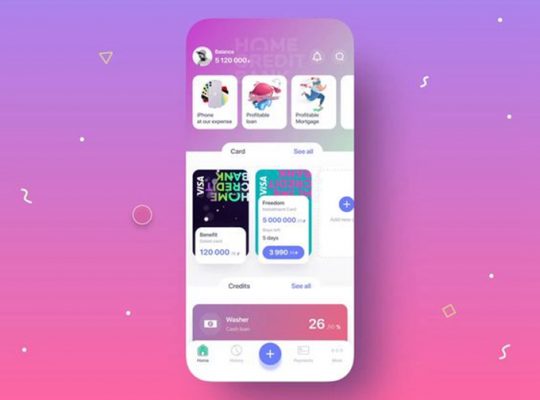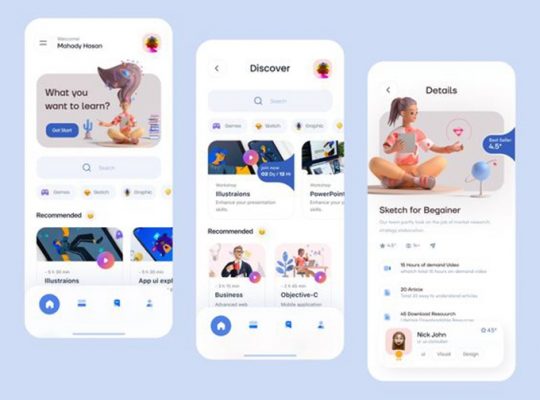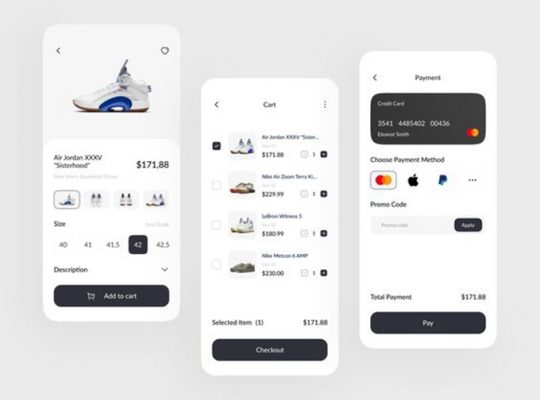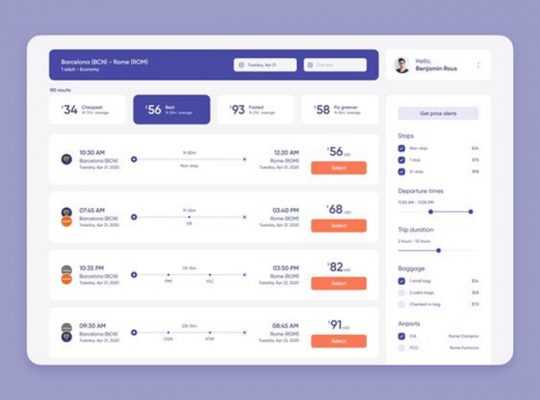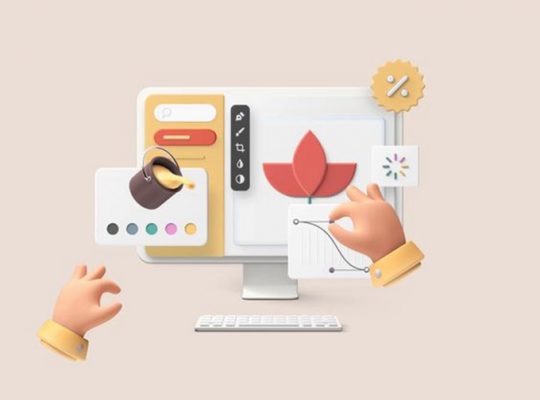Mobile app developers have a wide arsenal of tools at their disposal. Whether you start with the native or cross-platform path, there are a lot of things to master. Given so much choice, it is difficult to understand which tools are essential and ideal for beginners. Here is a breakdown of the best developer systems for Android and iOS in 2022.
Table of Contents
- Top 10 App Developer Tools
- buy android app install
- buy install android app
- keyword research google play
1. Xcode
This is the native Integrated Development Environment (IDE) created by Apple. It is used for apps that run on both iOS and Mac. This graphical interface includes everything you need for coding in Swift, which is Apple’s programming language. It takes iOS app development from a concept to code to customers. You can download it through the Mac App Store for free.
The editor interface is split into two parts. On the left, you see your primary work document. On the right, there is an Assistant editor pane that suggests files that could help you proceed with your work. You can change the type of this information by clicking the Jump Bar. For example, if you are editing source code, you can use the Assistant editor to view the counterpart header, subclasses or superclasses, or tests.
Another crucial element, The Interface Builder, is a design canvas that lets you prototype a full UI quickly without coding. After connecting the interface to the source within the editor, you can lay out buttons, sliders, and windows to build a functioning UI for Mac or iOS. On OSX 10.9+ and Xcode 5+, you can also add the Alcatraz package manager for the installation of extra plugins.
2. Android SDK
This is the starting point for any aspiring Android expert. The official software development kit includes the full set of essential libraries required for app building. It also contains additional debugging and compiling tools, and more.
For example, you will find the Android Debug Bridge, which works from the command line. It is used to monitor devices (physical or virtual) while running apps. Jetpack Compose is a timesaver tool for interface creation. The installation package also includes the Android Studio environment (find out more below).
While direct interaction with the SDK is not necessary, you still have to download it from Google and have it on your PC. Note down the directory, as other tools will need to reference it.
3. Android Studio
This is the IDE (“Integrated Development Environment”). It is a crucial program for Android developers for all levels, as they type their code into it to have it packaged as an APK file for installation on other devices. However, it is not particularly beginner-friendly if you want to use the Java or Kotlin languages. The creation of 3D games is also relatively complex. The studio download file includes the native SDK, image files, and emulator, and other elements.
4. Mockingbird
This online wireframe app for iOS development is used for the initial stage of the process. It lets you create a sketch to transform visual ideas into a digital file. You can add multiple pages, change font size, colour, alignment, and share your work with others.
Mockingbird was built on three core principles: simple installation, fast and robust coding, and simple but expressive DSL. It lets you avoid writing marks by hand and create clean, readable tests.
5. Different Game Engines
The Unity game engine, which is also an alternative IDE, supports cross-platform development. It is also the top choice for professionals on the Google Play Store. It facilitates the creation of 2D and 3D games, as well as non-game apps.
Another game engine called Unreal is great for 3D games. It is also very popular amongst professionals, but beginners may find it complex. Two other alternative environments are GameMaker: Studio and GameSalad. The latter is more of an educational tool.
6. Xamarin + Visual Studio
The Xamarin framework works in a combination with Microsoft’s Visual Studio. On the one hand, it attracts coders who prefer C# to Java. On the other hand, it is also a popular tool for cross-platform development, so you can build apps that run on both iOS and Android. Even the Windows OS is supported.
In terms of functionality, Xamarin is very similar to Android Studio. It lets you build authentically native apps. However, it is less convenient to use than Java libraries, and updates are slightly delayed.
7. B4X
The BASIC programming language is very beginner-friendly, which is why it is a great choice for developers with little experience. If you have not worked with Java or Kotlin previously or want to get your idea out the door fast, try the B4X suite for cross-platform apps. The tool is also open-source, so you can get it for free.
8. App Builders
These tools allow you to build apps without coding. You can create interfaces and add native features, often for several platforms. On the downside, they offer only basic functions. BuildFire, AppYourself, AppInstitute and Mobile Roadie are all suitable for rookie developers.
9. GitHub
This online tool allows developers to share projects with their teams and monitor multiple versions, referred to as “forks”. It works as a hosting service for Git repositories. GitHub is convenient to use for backups, collaboration, searching for code samples and easy-to-follow tutorials.
As a newbie, you will only be able to download sample projects, which can be reverse engineered. When you start working in a team, this developer tool will become essential, unless your company prefers Mercurial.
10. Stack Overflow
Finally, explore this Q&A service for professional programmers. You can ask its members any question concerning any language, framework, or platform. The mission of the community behind Stack Overflow is to build a convenient database of detailed answers to every question about programming.
To send a query, you need to create an account, enter it into the corresponding field and click the “Ask Question” button. Do some research first, as you may find that your question has already been answered. Searching through available answers is easy thanks to tag-based filtering.

